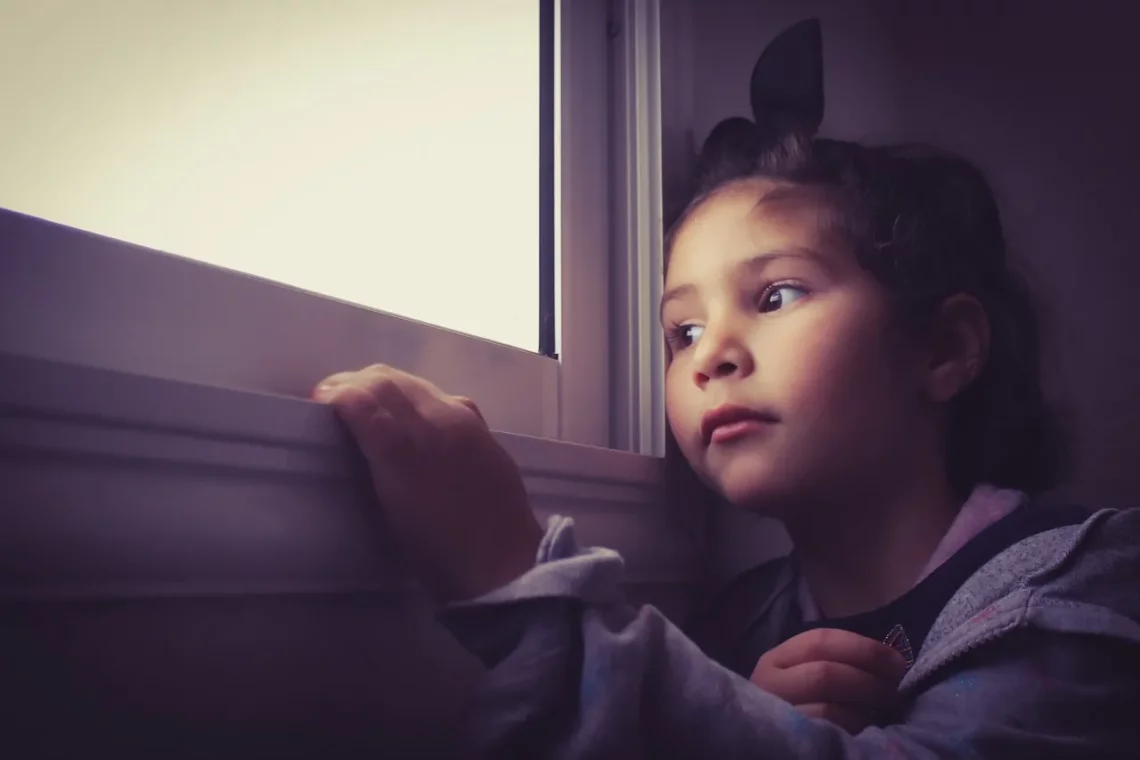
Understanding Parvovirus in Cats: Symptoms, Treatment, and Prevention
Parvovirus is a highly contagious viral infection that primarily affects cats, particularly those that are young or have compromised immune systems. Although it is more commonly associated with dogs, feline parvovirus poses a significant threat to the health and well-being of cats. This virus can lead to severe gastrointestinal issues and has a high mortality rate in untreated cases. Understanding the nature of this virus, its transmission, symptoms, and the available treatment options is crucial for cat owners.
Cats can be exposed to the virus through various means, including contaminated environments, surfaces, and even other infected animals. The parvovirus is resilient and can survive outside a host for extended periods, making it particularly challenging to eradicate once it infiltrates a household or shelter. Awareness of the symptoms and the potential for outbreaks is essential in preventing widespread illness among feline populations.
Moreover, vaccination plays a pivotal role in protecting cats from parvovirus. Educating pet owners about the importance of vaccinations and regular veterinary check-ups can significantly reduce the incidence of this disease. The emotional toll of losing a beloved pet to a preventable illness is profound, making it essential to prioritize preventive measures and early detection strategies. Understanding feline parvovirus not only empowers cat owners but also contributes to a healthier environment for our feline companions.
What is Feline Parvovirus?
Feline parvovirus, often referred to as FPV, is a highly infectious virus that primarily targets the rapidly dividing cells in a cat’s body. This includes cells in the gastrointestinal tract, bone marrow, and lymphatic tissue. The virus is a member of the Parvoviridae family and is distinct from the canine parvovirus, although they share some similarities. FPV is capable of causing severe illness in cats, particularly in kittens and unvaccinated adults.
Transmission of the virus occurs through direct contact with an infected cat or indirectly through contaminated environments. The virus can be shed in the feces of infected cats and can survive in the environment for months, making it particularly insidious. Common areas where the virus can thrive include shelters, breeding facilities, and areas where multiple cats congregate.
Symptoms of parvovirus typically manifest within 3 to 14 days after exposure. Initial signs may include lethargy, loss of appetite, and fever. As the disease progresses, more severe symptoms can develop, including vomiting and diarrhea, which may be bloody. These gastrointestinal symptoms are due to the virus attacking the lining of the intestines, leading to dehydration and other serious complications.
Understanding the nature of feline parvovirus is crucial for early detection and treatment. Many cat owners may mistakenly attribute initial symptoms to less serious conditions, delaying veterinary care and allowing the virus to wreak further havoc. Early intervention is key, as the virus can lead to severe complications, including septic shock and death.
Symptoms of Parvovirus in Cats
Recognizing the symptoms of parvovirus in cats is essential for timely intervention. The clinical signs can vary among individuals, but there are several common symptoms that cat owners should be vigilant for.
One of the earliest signs of infection is lethargy. A cat that is typically active may become withdrawn, hiding away or showing little interest in play or interaction. Along with lethargy, a noticeable loss of appetite often accompanies the onset of the disease. This is particularly concerning, as it can lead to rapid weight loss and a compromised immune system.
As the virus progresses, gastrointestinal symptoms typically emerge. Vomiting is a common symptom and may occur frequently. This can be accompanied by diarrhea, which is often severe and may contain blood. The presence of blood in the stool is a serious indication that the virus is causing significant damage to the intestines. These gastrointestinal disturbances can lead to dehydration, which is one of the most dangerous complications of parvovirus.
Other symptoms that may present include fever and abdominal pain. A cat with parvovirus may exhibit signs of discomfort, such as a hunched posture or sensitivity when their abdomen is touched. In severe cases, cats may develop shock due to the loss of fluids and electrolytes.
Because these symptoms can overlap with other illnesses, it is critical for cat owners to seek veterinary care as soon as they observe any concerning signs. Early diagnosis and treatment can significantly improve the chances of recovery and reduce the risk of transmission to other cats.
Treatment Options for Parvovirus in Cats
If a cat is diagnosed with parvovirus, immediate veterinary care is crucial. Unfortunately, there is no specific antiviral treatment available for feline parvovirus. Instead, the focus is on supportive care to help the cat recover from the effects of the virus.
One of the primary concerns in managing parvovirus is preventing dehydration. Intravenous (IV) fluids are often administered to restore hydration and maintain electrolyte balance. This is especially important for cats experiencing vomiting and diarrhea, as these can rapidly deplete the body’s fluids.
In addition to fluid therapy, veterinarians may provide medications to control vomiting and diarrhea. Anti-nausea medications can help manage the symptoms, allowing the cat to retain fluids and nutrients better. Pain relief may also be necessary, as abdominal discomfort can be significant in affected cats.
Nutritional support is another critical component of treatment. Once a cat is stable enough, veterinarians may recommend a highly digestible diet to help ease the recovery process. In some cases, feeding through a tube may be necessary if the cat is unable or unwilling to eat.
Monitoring is essential during the recovery phase. Cats recovering from parvovirus may take several days to stabilize, and close attention to their condition can help catch any complications early.
Though recovery is possible, the prognosis can vary depending on the severity of the infection and the timeliness of treatment. Kittens and older cats with underlying health issues may face a more challenging recovery, emphasizing the importance of prevention and early intervention.
Preventing Parvovirus in Cats
Preventing feline parvovirus is essential for protecting not only individual cats but also entire feline populations. The most effective way to prevent parvovirus is through vaccination. Vaccines are available that provide immunity against the virus, and it is crucial for kittens to receive their vaccinations at the appropriate intervals.
The vaccination schedule typically begins at around six to eight weeks of age, with booster shots administered every few weeks until the kitten is about 16 weeks old. It is also important for adult cats to receive regular booster vaccinations to maintain their immunity.
In addition to vaccinations, maintaining a clean environment is vital in preventing the spread of parvovirus. Regularly disinfecting surfaces and areas where cats reside can help eradicate the virus. If a cat is diagnosed with parvovirus, it is crucial to isolate them from other cats and thoroughly clean the environment to prevent further infections.
Limiting exposure to potentially infected cats is another preventive measure. Cat owners should be cautious when introducing new pets into the home and should avoid allowing their cats to come into contact with unfamiliar animals, especially in communal areas like shelters or boarding facilities.
Regular veterinary check-ups are also essential in maintaining a cat’s overall health. Routine examinations can help catch any potential health issues early, ensuring that vaccinations are up to date and that cats remain protected against various diseases, including parvovirus.
In conclusion, awareness, prevention, and early intervention are key to managing feline parvovirus. By understanding the risks and taking proactive steps, cat owners can protect their beloved pets from this serious and potentially fatal disease.
**Disclaimer:** This article is for informational purposes only and does not constitute medical advice. For any health concerns regarding your pet, please consult a qualified veterinarian.




